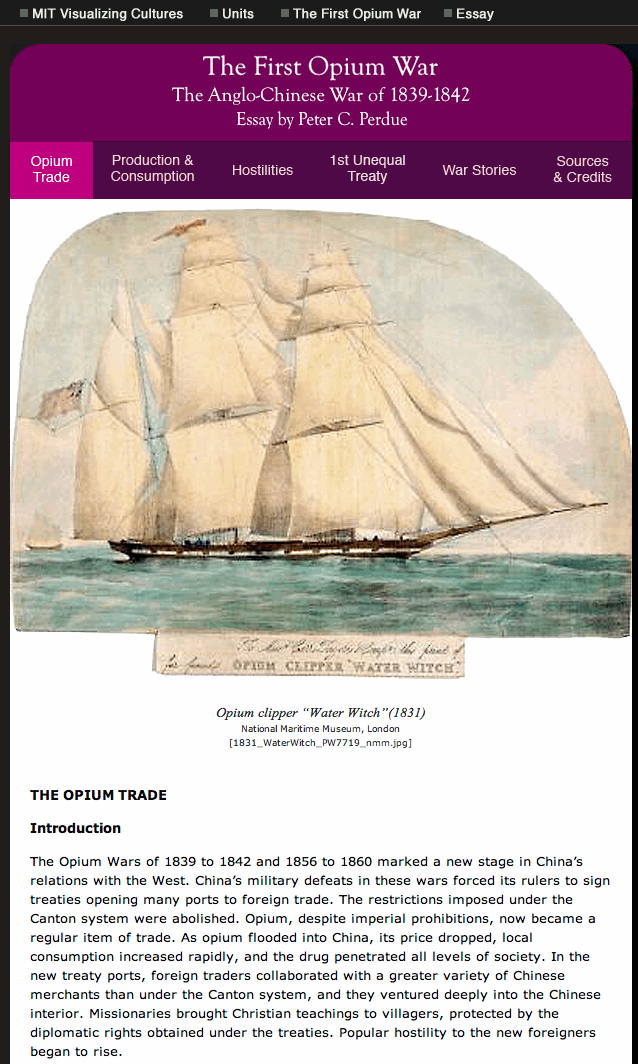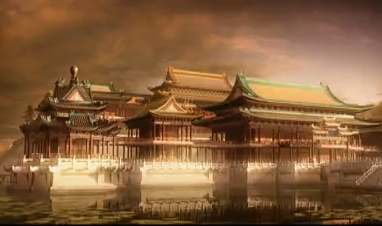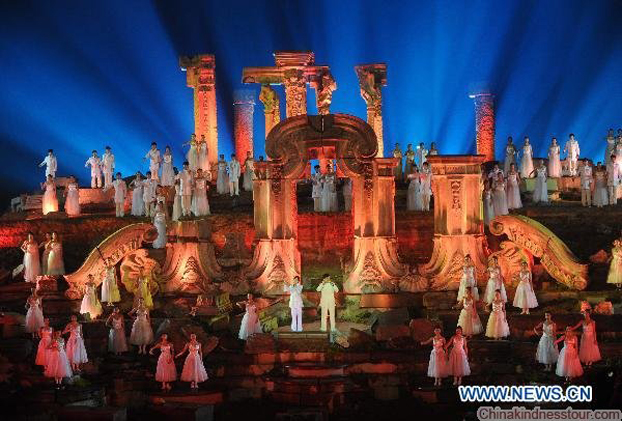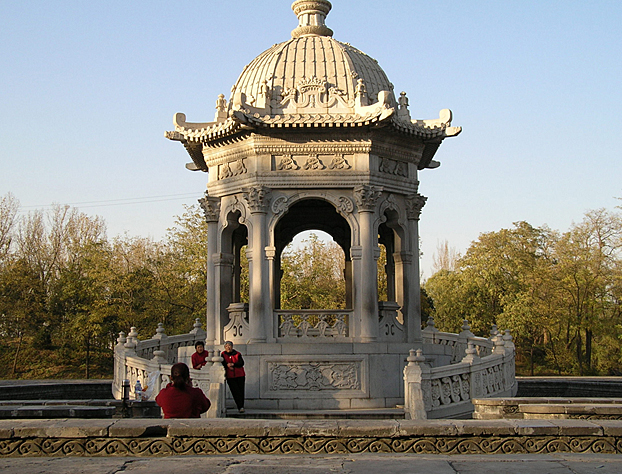|
|
||||||||
|
|
||||||||
|
|
||||||||
|
|
|
|||||||
|
|
||||||||
|
|
||||||||
|
|
|
|||||||
|
|
||||||||
|
|
|
|
|
|
|
|
|
|




The gazebo that stood at the center of the maze has been reconstructed, as has
the maze itself.
photograph by Lillian M. Li
“Yuanmingyuan—150 Years After the Fire”
Screened in 2010, the 150th anniversary of the destruction, this emotional
seven-part treatment focuses in enormous detail on the disaster of 1860.
Nationalism and Historical Memory
In recent decades, the Yuanmingyuan has often been used as an icon of Chinese
nationalism. Perhaps no other image better symbolizes the victimization of
China by European imperialist powers in the 19th century than the arch of the
Great Fountain in the European ruins. In 2010, when China observed the 150th
anniversary of
the Anglo-French barbarity, this photogenic archway was virtually ubiquitous in
posters and publicity.
Contrary to Mao Zedong and other first-generation revolutionary leaders, the
present leaders of the Chinese Communist Party have viewed the Qing emperors
not as decadent (“feudal” in Maoist-Marxist terminology) rulers of China’s past, but rather as enlightened and admirable builders of the Chinese empire.
TV docudramas and films have featured the emperors and court in a gigantic
historic epic that often spills over into soap opera. A two-part documentary
televised in 2009 dramatizes the three great emperors and the building,
expansion, and later destruction of the Yuanmingyuan—with Jesuits like Castiglione and others playing prominent roles.

|
“Yuanmingyuan—Garden of Gardens”
This 2-part 2009 docudrama from Chinese television celebrates the creation and
splendor of the garden at considerable length, before concluding with its
destruction
|

Significant scholarly work has taken place involving the ruins of the larger
Chinese sections of the Yuanmingyuan, as seen in the publication of many
articles and convening of academic conferences. For archaeologists, art
historians, and historians, the importance of this work lies in the ability to
understand and imagine the physical spaces of the grounds, the waterways, and
the numerous buildings and compounds that comprised the original three
sections: the Yuanmingyuan, the Qichunyuan and the Changchunyuan. One major
archeological site is that of the Hanjingtang, the complex on the island at the
center of the Changchunyuan. Here excavations have uncovered the footprint of
the original compound, and have yielded Buddhist icons, porcelain shards, and
roof tile with decorations.
[15]
Rebuilding some of the original Yuanmingyuan buildings has been a subject of
discussion for the last couple of decades. Apart from the expense, there are
heated controversies about the need and the standards for reconstruction.
Critics say that preservation (baohu) is the goal, not restoration (xiushan). In Beijing in general, academic specialists have been pitted against those
government officials in the Cultural Relics Bureau and developers whose goal in
historical preservation is not historical accuracy but the commodification of
history for tourism. Many projects took place in the period prior to the 2008
Summer Olympics in Beijing.
Many historians and archaeologists, as well as local residents, have complained
that the Yuanmingyuan has been developed principally as a tourist site and
recreational park in a way that ignores its importance as a historical site
worthy of study and possible restoration. “They have turned it into just an ordinary park,” said local residents when it was first opened. So popular and intriguing are
the European ruins that replicas—some miniaturized—have been created in theme parks in various parts of China.
Detailed miniature models of the European ruins sit in glass cases set among the
ruins at the Yuanmingyuan Park. This model of the Yuanyingguan and Dashuifa
seems to attract those seeking good fortune.
[ymy7204] Photograph by Lillian M. Li

In the ongoing debate over how best to restore and remember the Qing emperors’ “Garden of Perfect Brightness,” critics in China warn of the danger of turning the site into little more than a
commercialized “theme park.” A 2010 event marked the 150th Anniversary of the sack of the Yuanmingyuan and
highlighted issues pertaining to restoration of both the park and looted
objects.
source: Xinhua/Luo Xiaoguang








